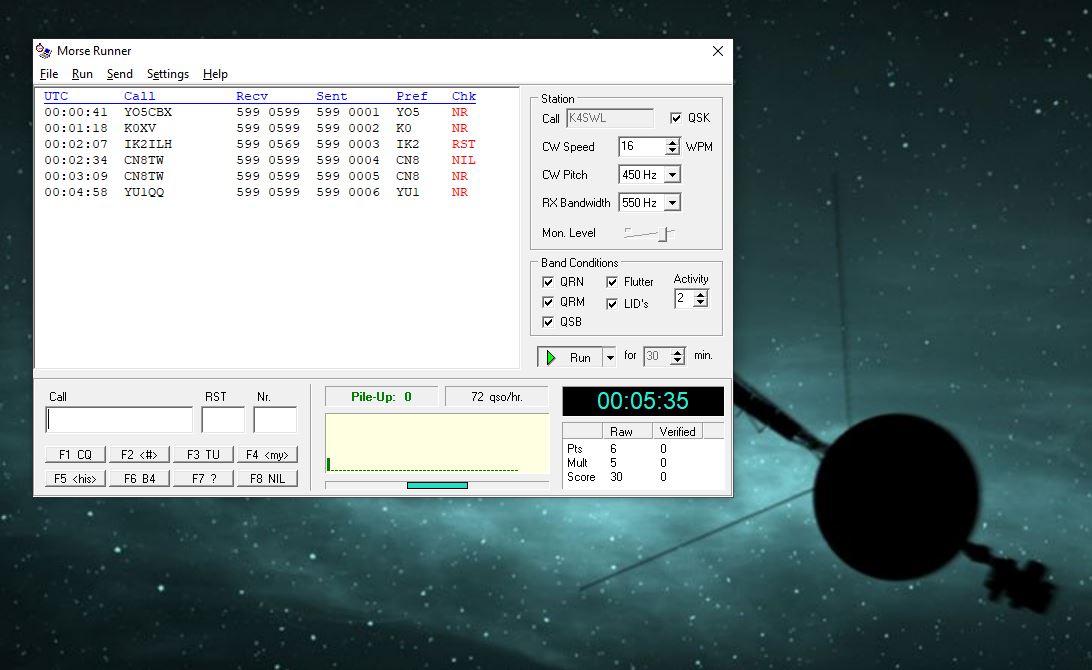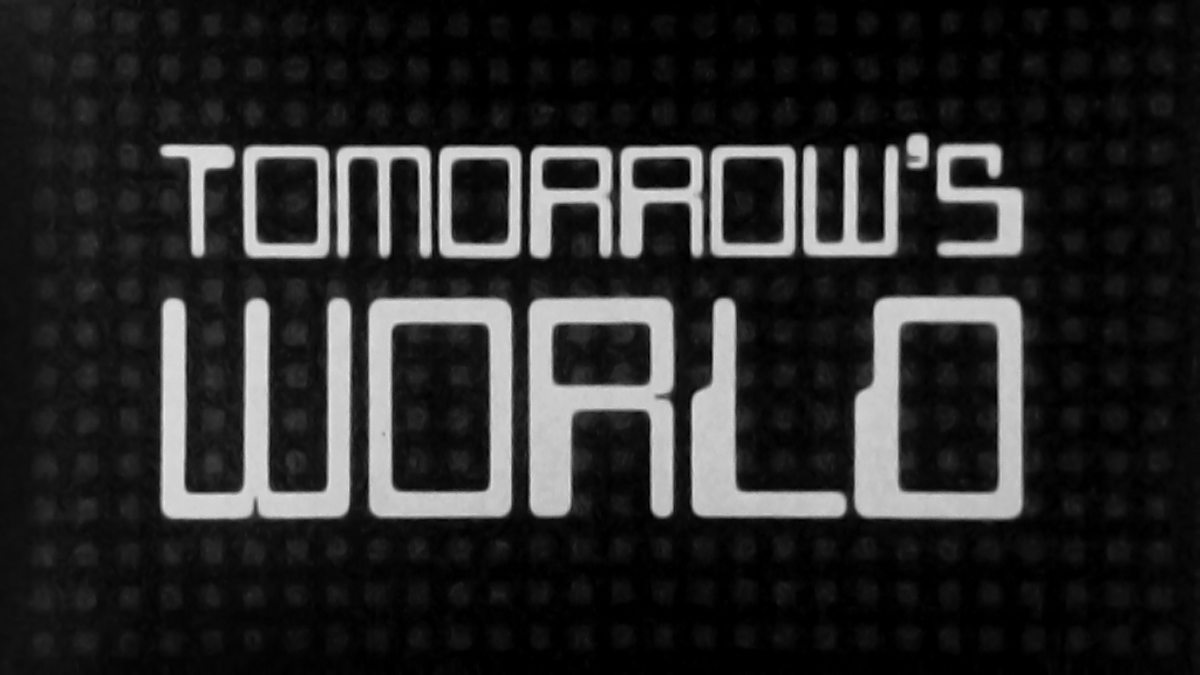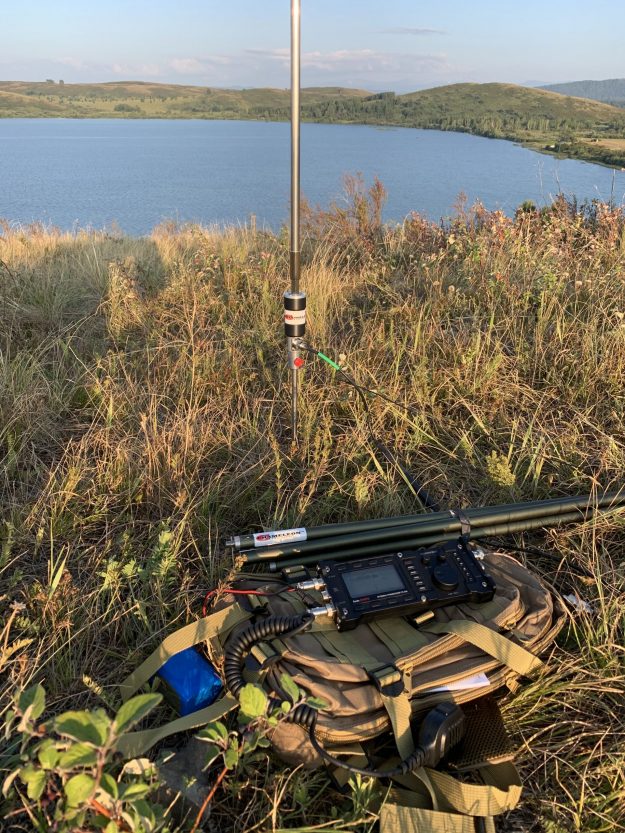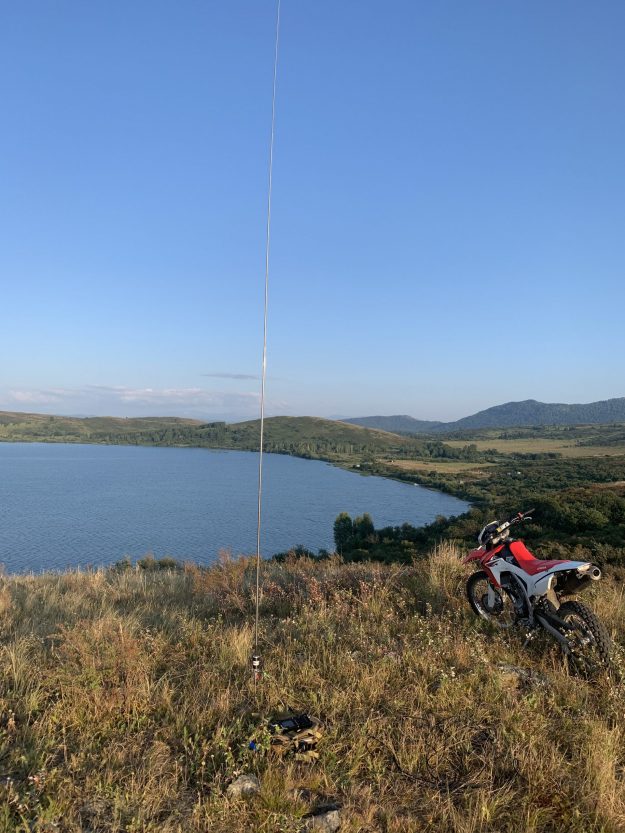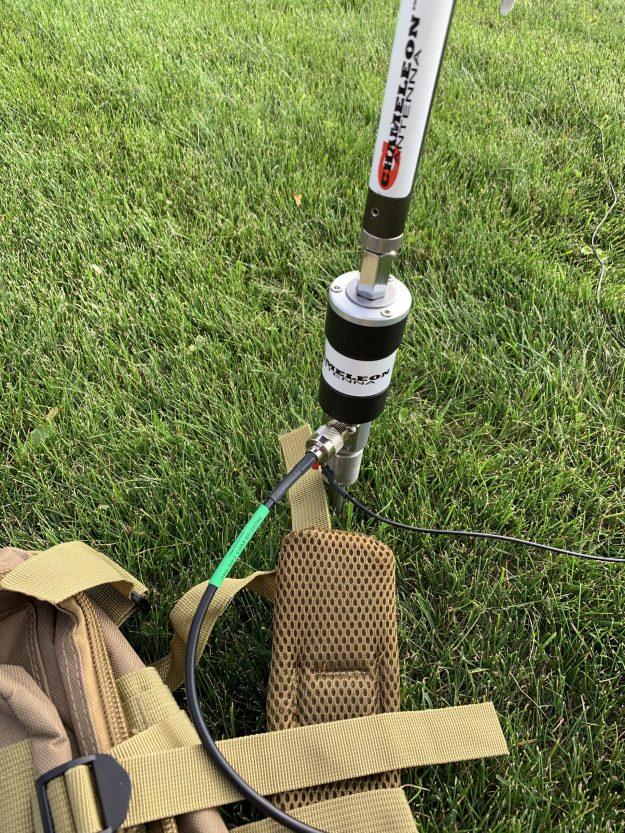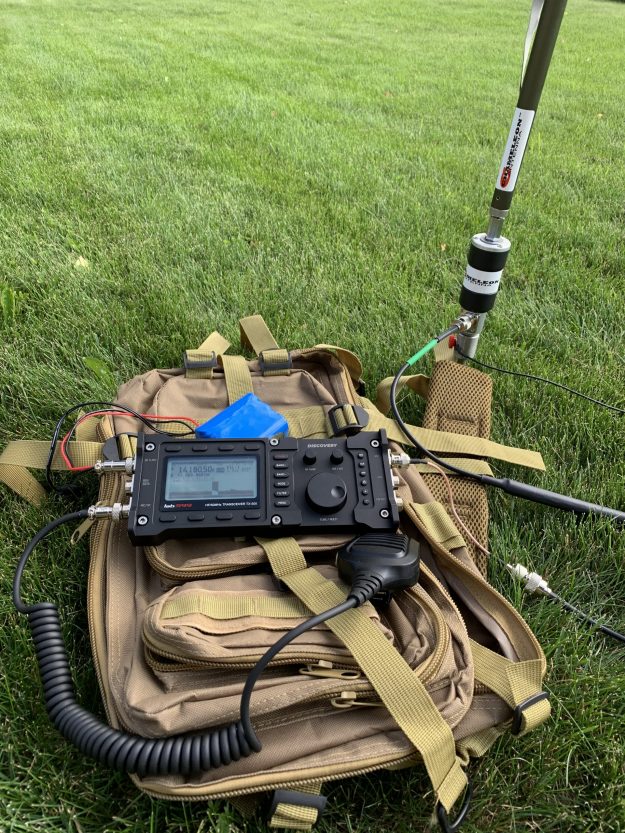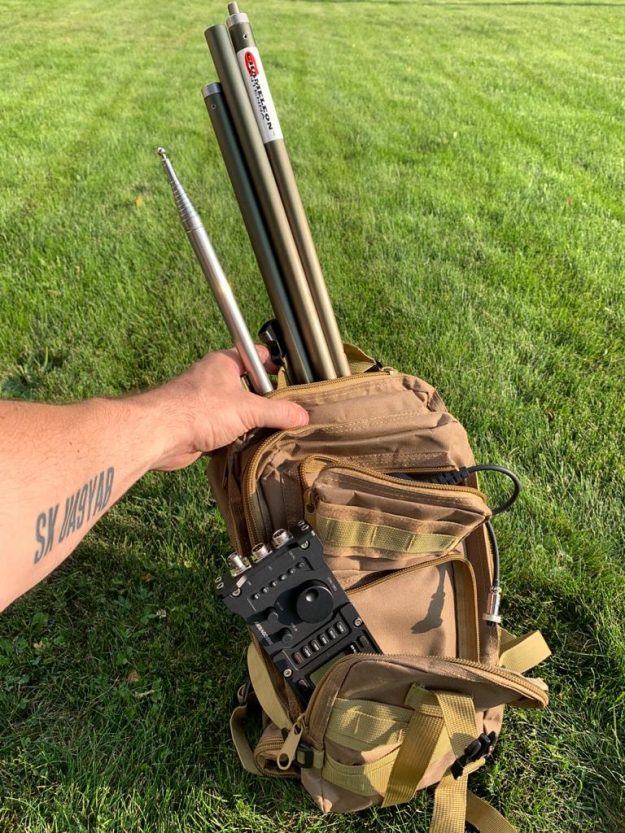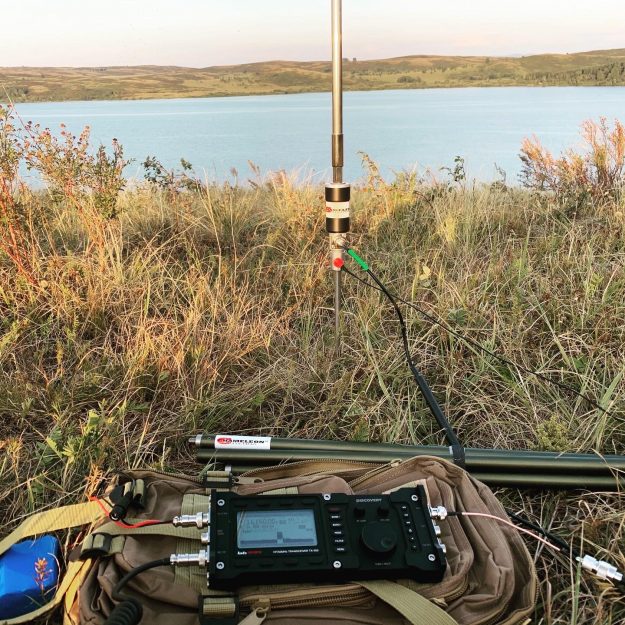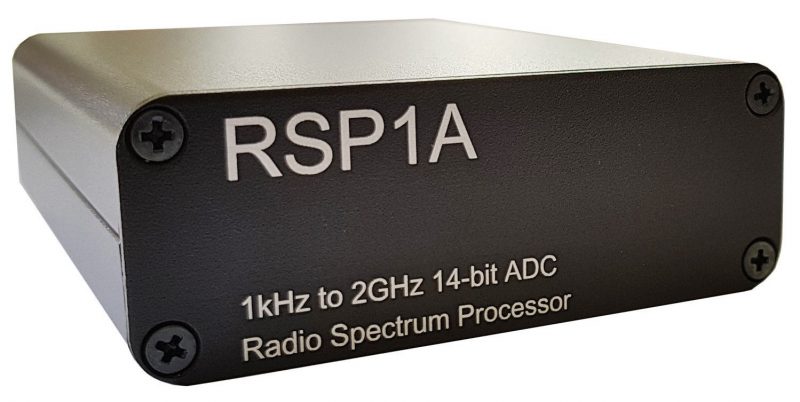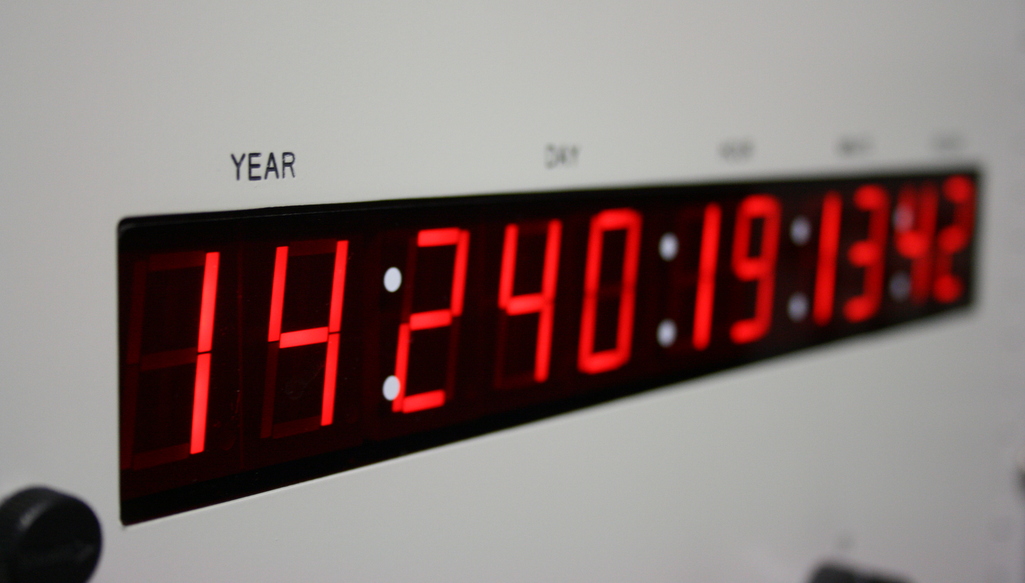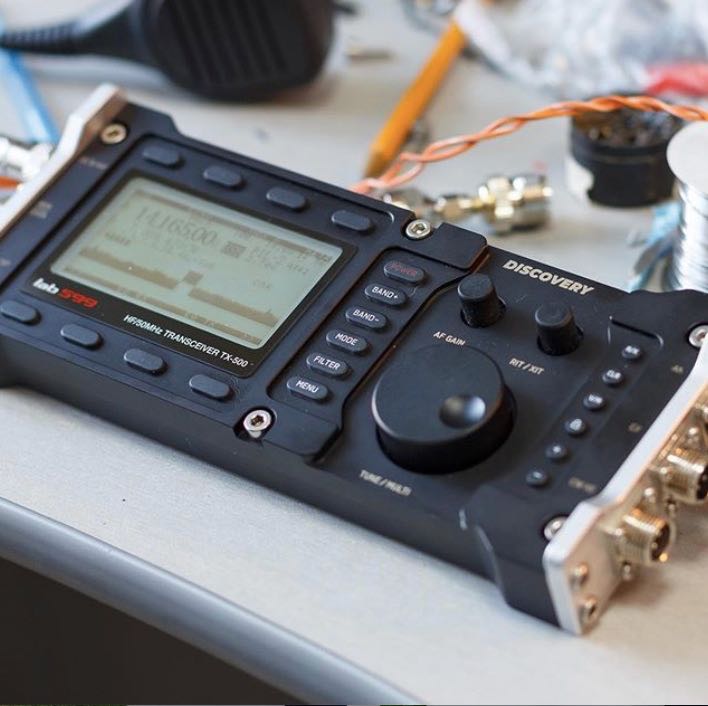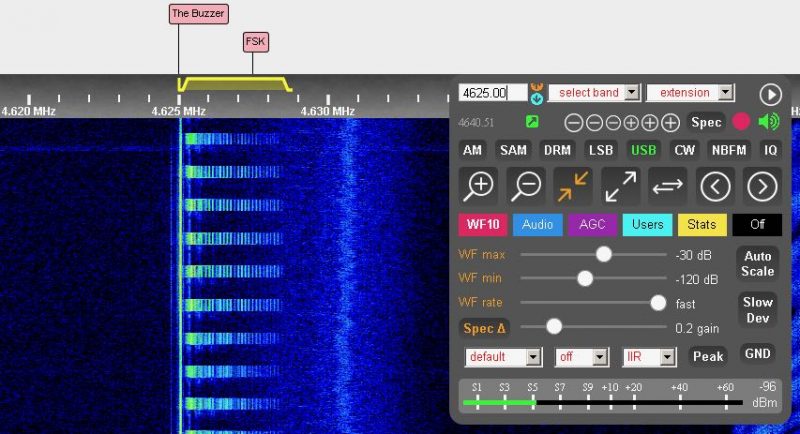 I mentioned in a previous post that I’ve been practicing my CW (Morse Code) skills in an effort to build confidence to do a Parks On The Air (POTA) CW activation.
I mentioned in a previous post that I’ve been practicing my CW (Morse Code) skills in an effort to build confidence to do a Parks On The Air (POTA) CW activation.
But how in the world do you practice handling a CW pile-up without actually going on the air–?
I’m glad you asked!
My DXing and contest friends have often touted an amazing free PC application developed by Alex Shovkoplyas (VE3NEA) called Morse Runner.
Morse Runner’s goal is simple: teach you how to manage a CW pile-up.
In short? It’s incredibly effective!
When you start a Morse Runner session, the application emulates the sound and atmosphere of the HF bands in CW mode (meaning, a narrower filter setting). It’s very convincing.
Instead of using a key to send a CQ, the Morse Runner interface emulates a contest logging system where a computer generates your CQ and sends the signal report you record for a station.
You simply set a few parameters like your call sign, max CW speed, pitch, and bandwidth, then press the “run” button and call CQ by pressing the F1 key on your keyboard.
Within a few CQ calls, you’ll hear anywhere from one to several stations answer your CQ (depending on your settings). Your job is to then start logging those stations accurately from the pile-up. If you reply with an incorrect call, the other station will repeat their call until you correct it.
Morse runner has band condition settings you can select like: QRN, QRM, Flutter, QSB and–yes–even LIDs.
Quite often I’ll accurately reply to a weak station and they’ll send “AGN?” and I repeat their report until they copy it.
Morse Runner is so convincing that when I’m in the middle of a big pile-up, I honestly forget I’m communicating with a computer application! I get some of the same excitement and the–let’s be frank–anxiety I would get on the air during a live CW pile-up.
If you select the “LIDs” Band Conditions setting, it’ll crack you up with how accurately it portrays annoying operators who either deliberately or unintentionally try to interfere!
Here’s sample audio from a session this morning:
The screen shot above shows the settings I used for this very tame session with no large pile-ups. If you’re a seasoned CW contester, pump up the speed and the activity level then you’ll feel like you’re on the Heard Island DXpedition!
In short: Morse Runner is giving me the courage to do my first CW park activation. I highly recommend it!

